The Building Blocks: How To Use A Step Sequencer
Programming beats the fun way.
We look at different formats, designs, and programming styles to find out how to use a step sequencer in your music production setup.
When you start out in music production, sooner or later you’ll be confronted with the blocks and numbered lanes of a sequencer. However, we’ll take you through the various functions of sequencers and find out how to use them in your creative process.
How To Use A Step Sequencer
Originally, step sequencers cropped up with the advent of analogue synthesizers in the 1960s – the big modular ones, mind you. Here, inventors like Bob Moog and Don Buchla were pioneering different synthesis methods.
Although the keyboard is almost completely synonymous these days, many of the early electronic music aficionados were actually against the use of keyboards within synth designs. Their argument was that keyboards gave users a preconceived notion of how synthesizers worked, thereby restricting them creatively.
Well, this was certainly not the case with the voltage-controlled step sequencers in early Moog and Buchla designs. Instead, they provided the foundation that inspired many of the hardware and software sequencer designs we use today.
- The Story of Moog Synthesizers
- History Of Buchla
Software Step Sequencers
In today’s music production landscape, the place you’re most likely to run into sequencers is inside your DAW. Interfaces such as Logic’s Ultrabeat and FL Studio’s Channel Rack provide an intuitive alternative to the piano roll MIDI sequencer.

The immediacy of the loop-based pattern-creation system allows you to create the basic outline of beats in seconds. Rather than being forced to sequence one instrument at a time, you can quickly activate steps on multiple channel lanes as the ideas come to you.
If you’re using a DAW that doesn’t have a decent step sequencer, Native Instruments Maschine is a great production system with an MPC-style control. Meanwhile, the Sugar Bytes Thesys plug-in provides an extensive platform for those who want to go beyond the basics.

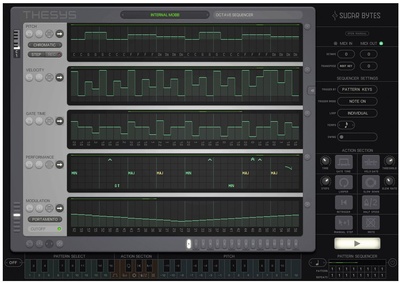

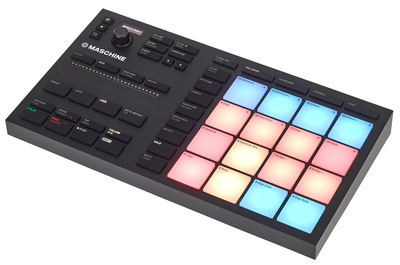
Hardware Step Sequencers
As anyone who has used one will tell you, there’s nothing quite as satisfying as programming drum loops on one of the Roland TR-series drum machines (606, 808, 909). Hardware sequencers come in different shapes and sizes, and some perform other functions too, like the famous SP1200 and MPC samplers.
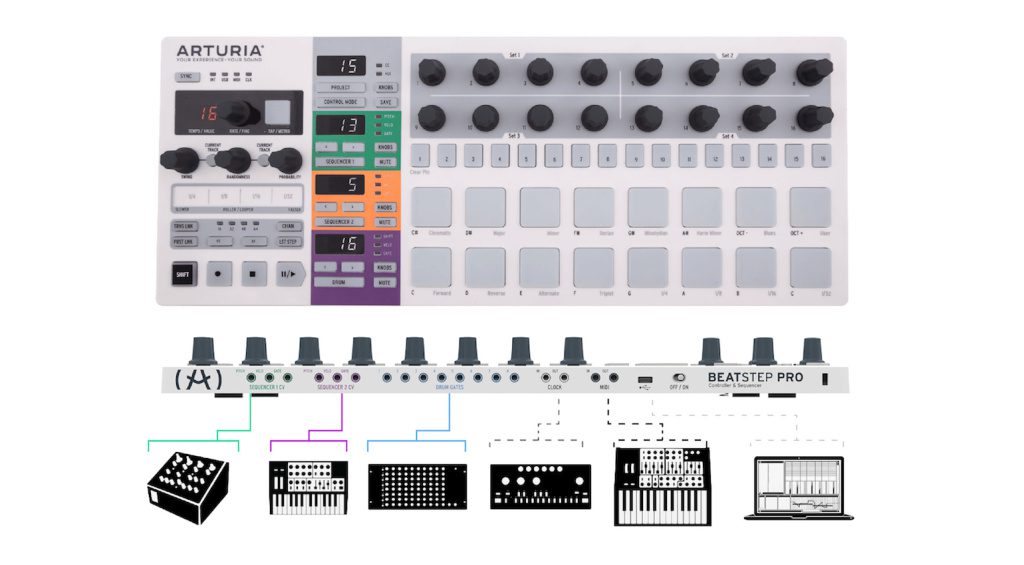
The main reason you’d use a dedicated step sequencer for MIDI rather than your DAW is to give your music a different feel. Furthermore, the fluidity of the creation process makes it preferable when triggering multiple hardware units.
To achieve this, even the KORG SQ-1 will help you move in the right direction. Meanwhile, Arturia’s BeatStep Pro is a great choice as the central point of creativity for a DAWless music production workflow.

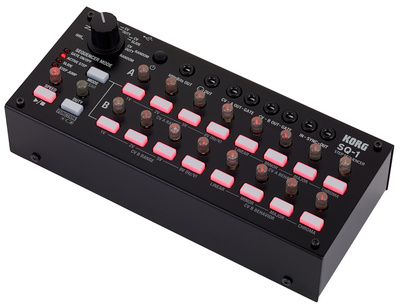

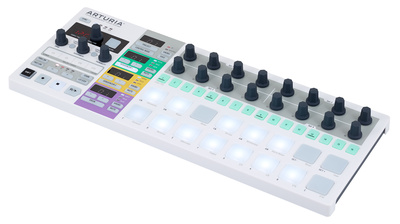
Performance Sequencer Workstations
Whether you use a Eurorack system or an armada of synths, samplers, and drum machines, sequencers have evolved considerably over the years.
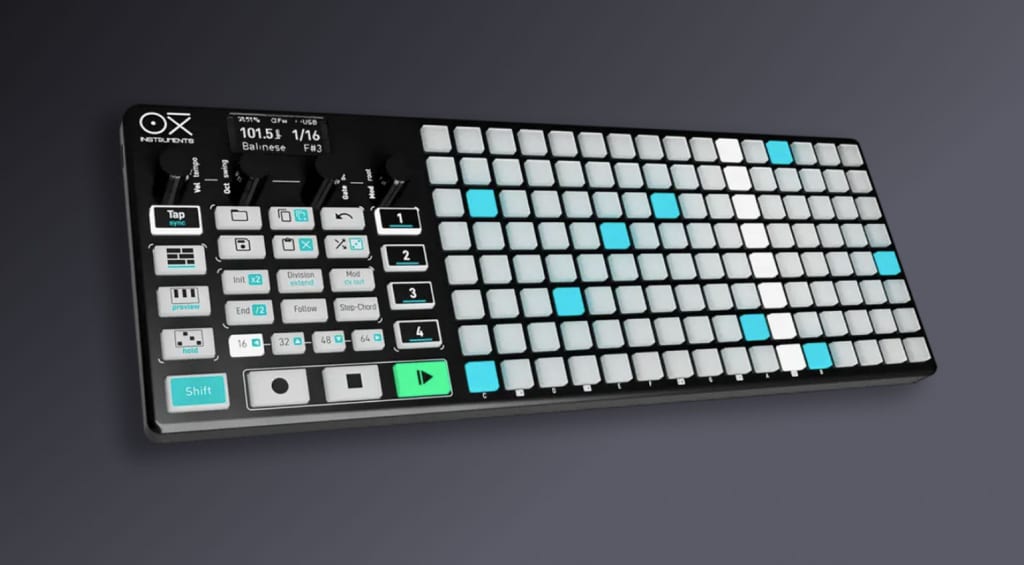
With functions like probability, polyphony, CV control, and MPE compatibility and the ability to sequence a range of different instruments, they have solidified their position as the focal points of hardware production and performance rigs.
An advanced level of features moves sequencers like these from being mere peripherals to being the primary tool in your music-making setup. Besides sequencing notes, you can also work with different synth or effects parameters to give them groove-based control.

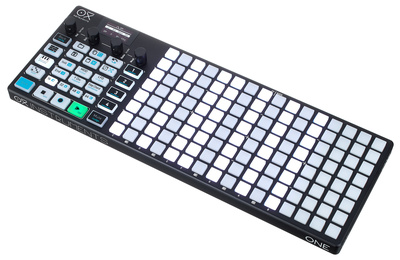

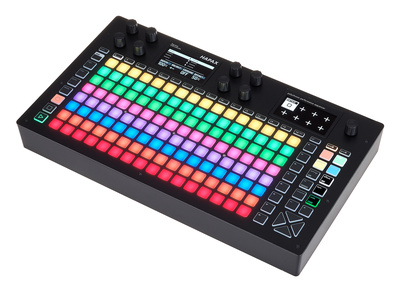
Modular Sequencers
If you’re looking for an option that is as far from a DAW sequencer as possible, modular sequencers provide unique pattern-creation systems that go far outside the boundaries of simple TR-style sequencing.
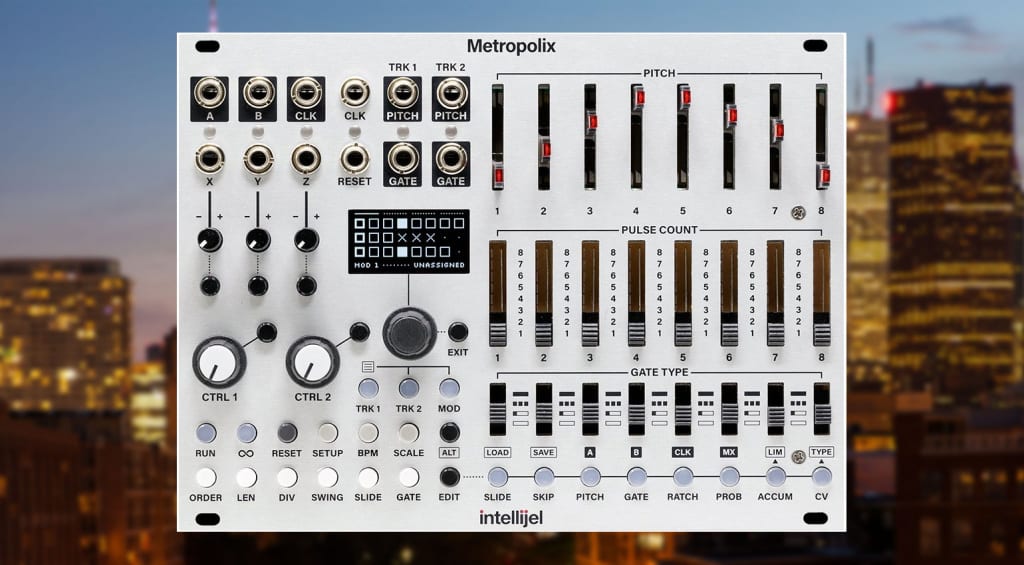
Instead of being limited to simple 16 or 32-step sequences, some modules present a completely different philosophy. Although this may sound abstract, the ideas that many module designers are drawing from are not exclusively based on the same principles as the average synth or drum machine.
This means that you can find sequencer modules that use Euclidean algorithms or even fractals to determine the variations in the patterns being created. This provides a new creative outlet and happy mistakes are never far away.
Perhaps you’re wondering how you would fit these into a musical context. However, remember that it was primitive sequencers that gave musicians like David Gilmour and Roger Waters the platform to create Pink Floyd‘s On The Run.
Polyrhythmic Sequencing
Once you’ve mastered the basics of step sequencing, you might want to venture beyond the basics. By varying the lengths of the patterns you create, you introduce an unpredictable level of metric dissonance.

Jazz and Progressive rock fans will be at home with the idea of polyrhythms within music. Meanwhile, electronic music also provides a mode of expression where rules surrounding musical meter are easily bent or broken.
You can start by using a 15-step hi-hat pattern over a 16-step bass drum pattern and slowly expanding the concept with more intricacy. Once you’ve tried it on drums, create a 3-step ascending or descending melodic ostinato with a synth lead or bass.
As the cycles repeat at different intervals, it creates an effect that can be both unnerving or hypnotic at times. If you need a famous example of using mixed meter, it is easy to follow in March Of The Pigs by Nine Inch Nails, where cycles of 7/8 are combined with common time in the song’s verses.
More about How To Use A Step Sequencer:
- Hardware Sequencers
- More about Music Production
- Thomann’s Guide to Modular Synthesizers
Table of Contents
*Note: This article about how to use a step sequencer contains affiliate links that help us fund our site. Don’t worry: the price for you always stays the same! If you buy something through these links, we will receive a small commission. Thank you for your support!
One response to “The Building Blocks: How To Use A Step Sequencer”
 4,2 / 5,0 |
4,2 / 5,0 | 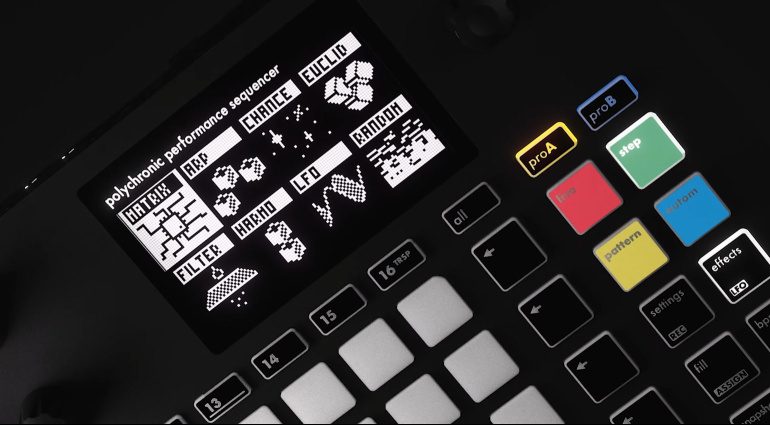




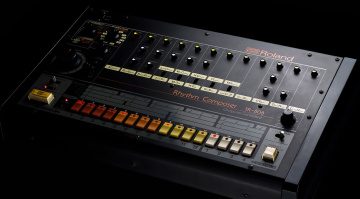
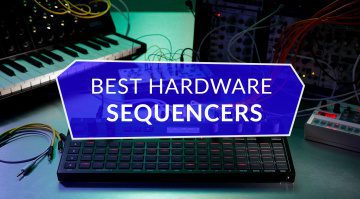
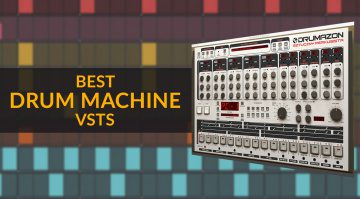


The ndlr (noodler) os a great tool but nobody talks about ir.